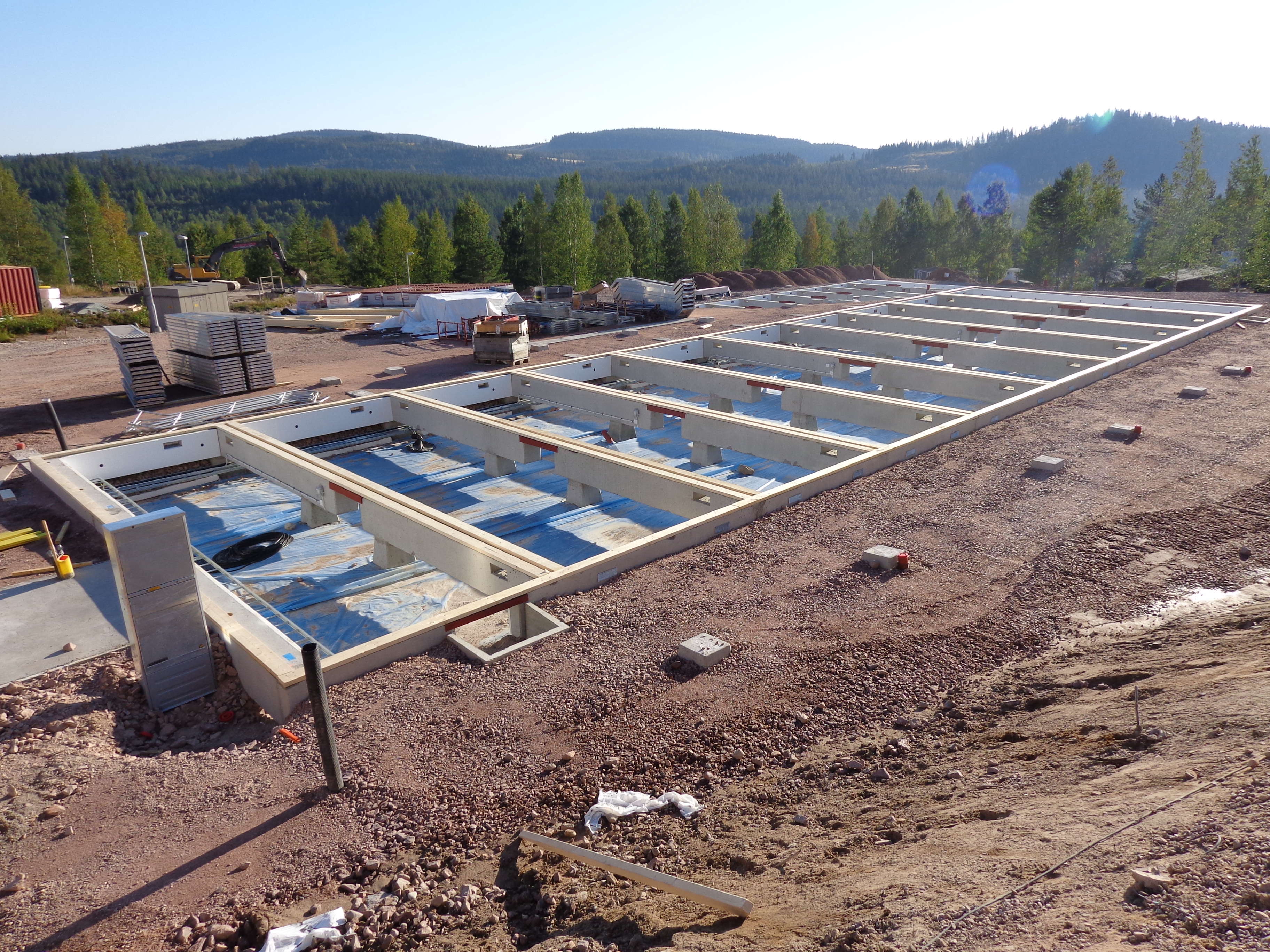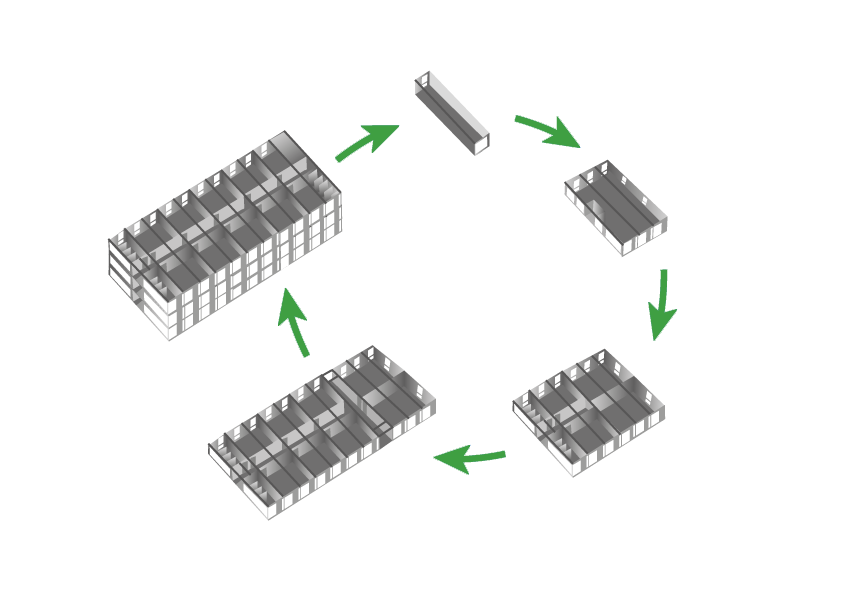Modular Buildings

In order to best understand how modular buildings are reshaping our cities, it’s first necessary to understand what they are.
Modular construction is an innovative, sustainable construction delivery method utilizing offsite, lean manufacturing techniques to prefabricate whole building solutions in deliverable module sections.

This process permits constructing a building under controlled conditions in a factory, using the same materials and designed to the same building codes and standards as conventionally constructed buildings, but in about half the time.
Here are two types of modular buildings:
1. Temporary Buildings
These are buildings that are transported to a site for a specific, but temporary purpose. This kind of modular building is typically smaller and well suited for uses such as:
- Temporary school and kindergardens
- Temporary worker housing, accomodation
- Medical clinics
- Construction site offices
As they’re not permanently installed onto the site, relocatable modular buildings can be easily moved once their purpose has been served and delivered to its next location in a short amount of time.
2. Permanent Modular Construction
As the name suggests, Permanent Modular Construction are buildings that are designed to be permanently assembled on-site and are typically larger than temporary buildings. Permanent modular buildings can be built to serve virtually any function but are most commonly used for:
- Apartments/condos
- Hospitality
- Senior Living Communities
- Education buildings
- Student Housing
- Office Buildings



